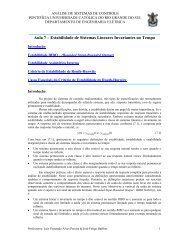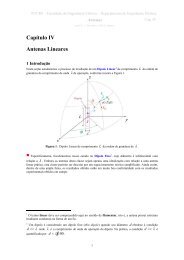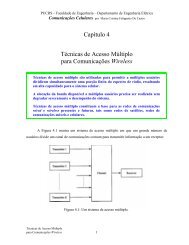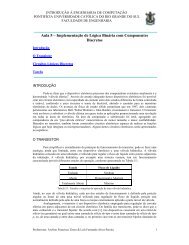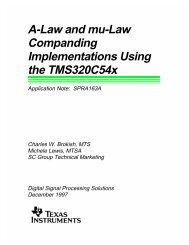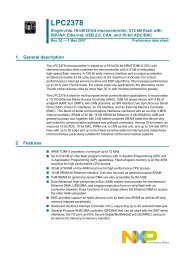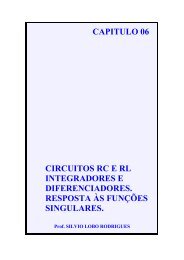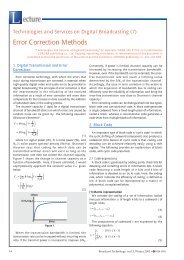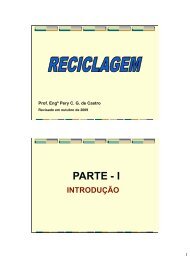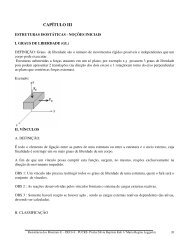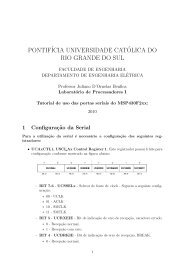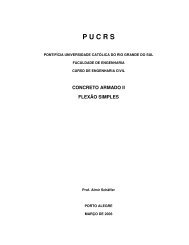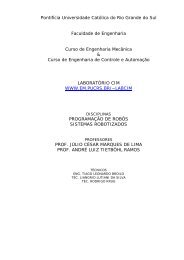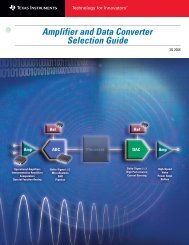PARABOLIC DISH FEEDS — PERFORMANCE ANALYSIS - QSL.net
PARABOLIC DISH FEEDS — PERFORMANCE ANALYSIS - QSL.net
PARABOLIC DISH FEEDS — PERFORMANCE ANALYSIS - QSL.net
Create successful ePaper yourself
Turn your PDF publications into a flip-book with our unique Google optimized e-Paper software.
are comparing these feeds for use on your dish, you can run the program for the actual<br />
reflector diameter of your dish.<br />
Phase errors<br />
All of these graphs are based on amplitude patterns only for the feeds, because phase data<br />
is much more difficult to measure and is rarely available. If the phase of the radiated<br />
energy is not uniform over all areas of the reflector, then different parts may reflect energy<br />
into the main beam which is not in phase and reduces the total energy in the main beam,<br />
lowering the gain. Another common problem is feeds that do not have the same phase<br />
center in the E-plane and the H-plane, which has the same effect as not having the phase<br />
center at the focal point: reduced gain and pattern distortion.<br />
Phase errors are probably the largest cause for low efficiency, so you should not expect to<br />
get efficiencies near the calculated values unless the feed has good phase performance. A<br />
feed with small phase error still suffers from all the other losses listed above, so the<br />
expected performance of a real dish might be only 15% lower than the calculated<br />
efficiency curve.<br />
The only feeds which have published phase data are the Kumar (VE4MA), Chaparral,<br />
Chaparral with slots, and the Koch Multi-ring feed discussed, all described in Chapter 6.<br />
All of these have excellent phase performance over a wide illumination angle, so the<br />
efficiency curves for these feeds are good for any f/D greater than 0.3. None of these<br />
feeds can adequately illuminate an f/D of 0.25, but the bent-dipole “Handlebar” feeds of<br />
W7PUA 1 show promise at the lower frequencies.<br />
Spillover and sidelobes<br />
Perhaps we should take a lesson from the radio astronomers. The radiotelescope feeds<br />
described in Chapter 6 all operate at a point on the efficiency curve to the left of the peak,<br />
or lower f/D, for reduced spillover. W7PUA suggests that since spillover increases<br />
sidelobes and sidelobes are always bad, we should make any compromise to the left side of<br />
the peak.<br />
Computer program<br />
The FEEDPATT program does all the calculations and plots graphs like the ones above.<br />
For those with access to the Inter<strong>net</strong>, the FEEDPATT program and all the data files for<br />
feed patterns are available on my 10 GHz Web page:<br />
www.tiac.<strong>net</strong>/users/wade/feedpatt.zip or www.qsl.<strong>net</strong>/~n1bwt<br />
See the README.TXT file for details of program operation.



